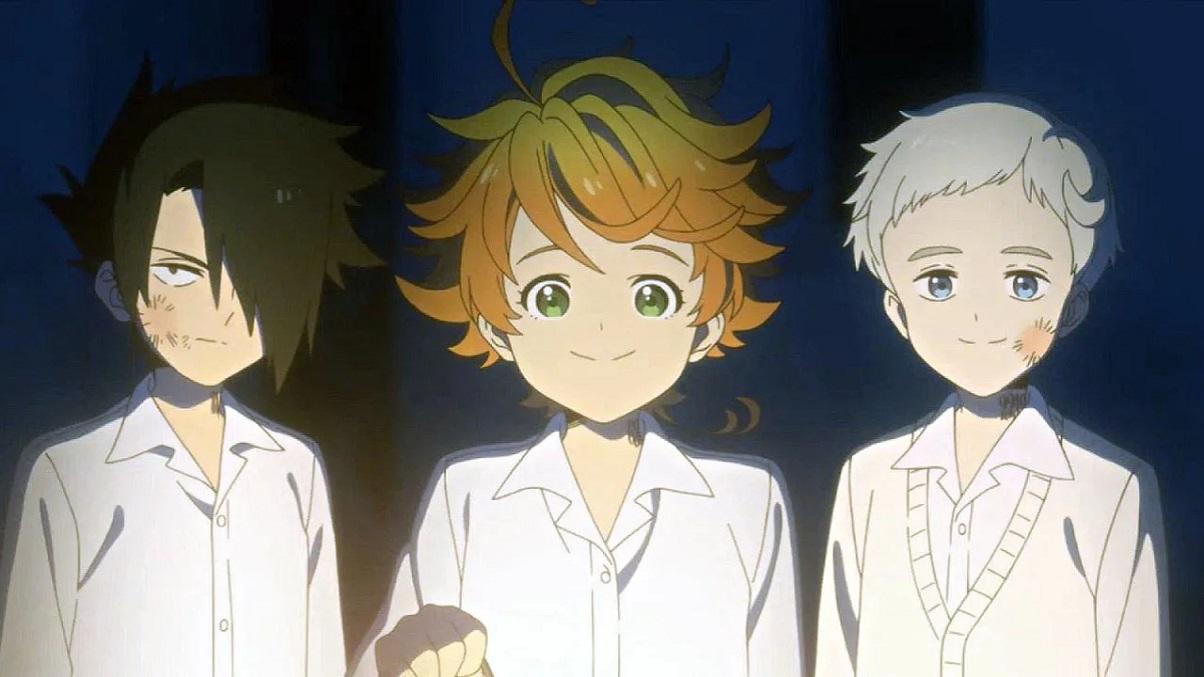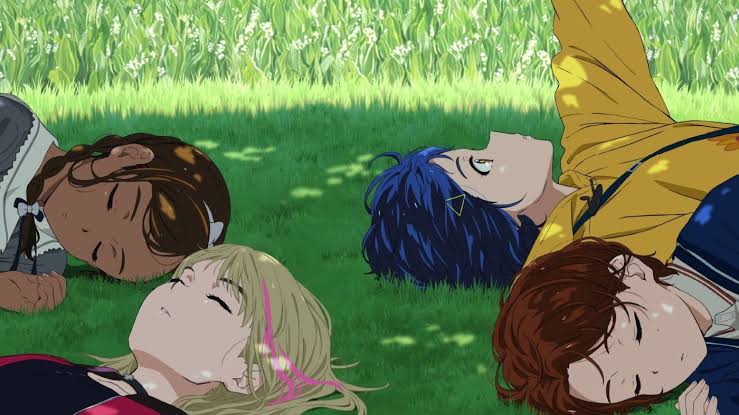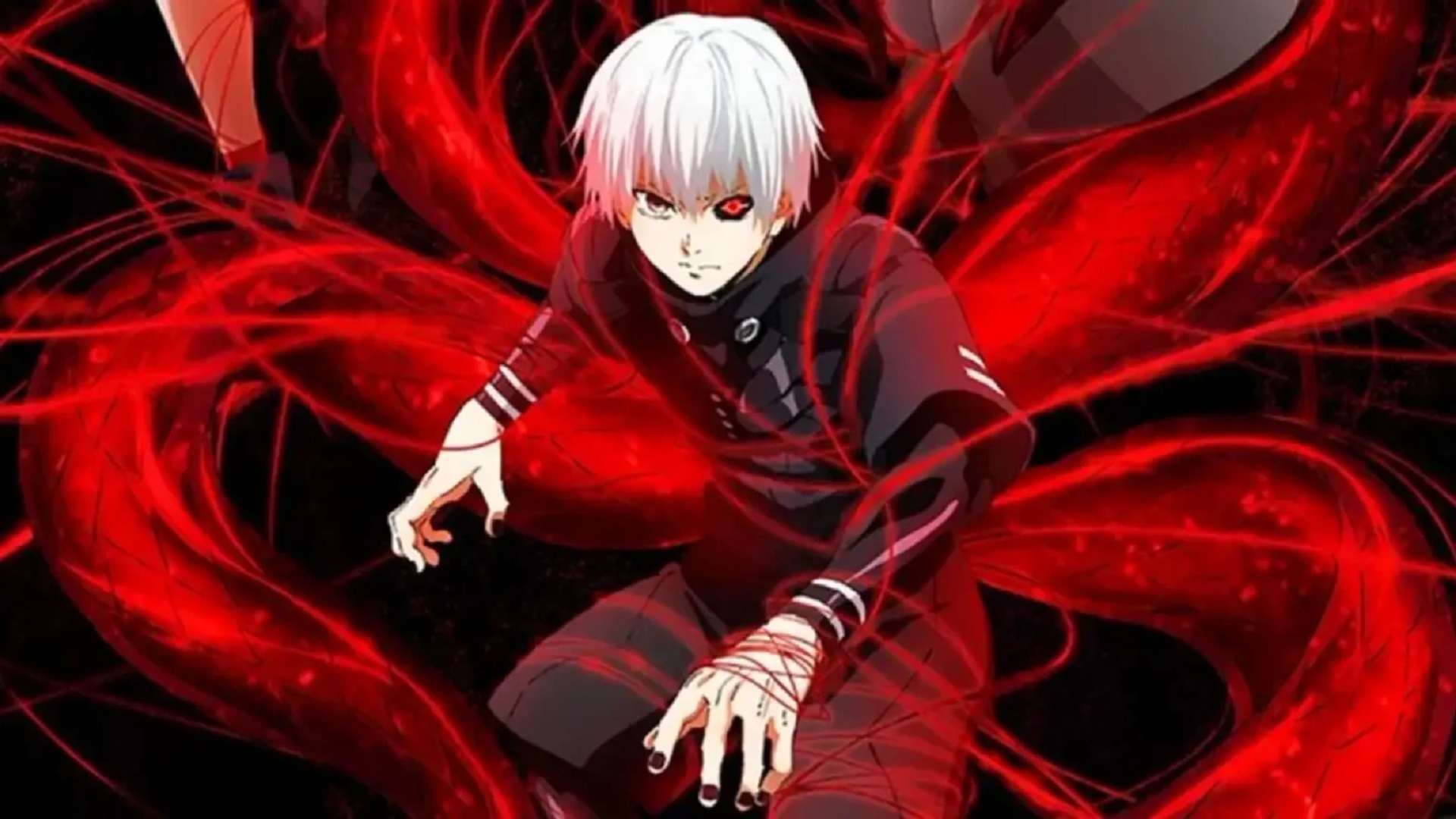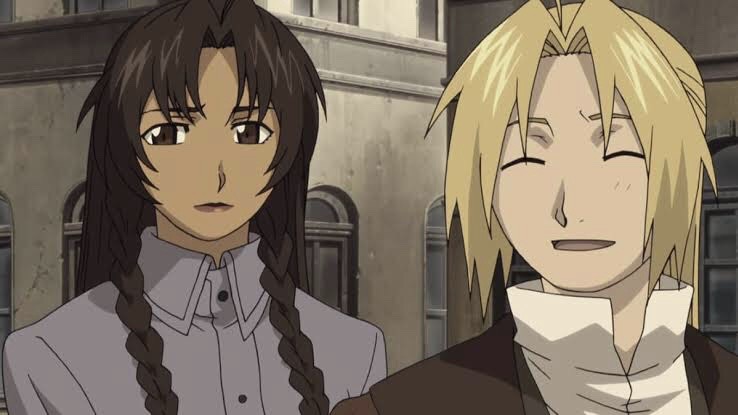
A well-crafted ending for an anime can significantly impact the overall success or failure of the series. If the finale seems hasty, unnatural, or inconsistent with the preceding episodes, it can mar the entire anime experience. Fans who have invested their time, passion, and anticipation in a narrative may feel disappointed when they are left hanging instead of receiving a satisfying conclusion. Such a series, which could have been iconic, ends up being infamous for all the wrong reasons. Rather than providing closure, this situation leaves frustration behind, and even renowned anime series aren’t immune to such an outcome.
Some popular anime series, boasting captivating storylines, intriguing characters, and visually stunning worlds, often disappoint their audience with unsatisfying conclusions. These shows, unfortunately, fail to provide closure, instead leaving viewers puzzled, frustrated, or enraged by cliffhangers that go unresolved, unnecessary character deaths, illogical plot twists, or abrupt endings that feel anticlimactic. If you’ve ever found yourself questioning, “Is that really it?” after watching a series — rest assured, you are not alone. The following ten anime were all promising, featuring elements that kept us enthralled. However, they ultimately fell short when it mattered the most, leaving fans in a state of bewilderment, exasperation, or anger due to unanswered questions and unsatisfying conclusions.
Soul Eater

Regardless of the immense potential showcased throughout its run, Soul Eater stumbled dramatically with its conclusion. The climactic battle against the Kishin disregarded all the foundations the narrative had laid out. Concepts such as madness, wavelengths, soul resonance, and power scaling were rendered irrelevant. In contrast to the established rules of the series, Maka suddenly executed a “courage punch” with no prior build-up or logical consistency within the storyline.
The conclusion didn’t leave a lasting impression, as Crona’s narrative was neglected, the growth of Kid as a Shinigami was underdeveloped, and side characters lacked significance in the final act. A series with potential concluded in a hasty, undeserving triumph that ultimately fell flat.
Dragon Ball GT

In Dragon Ball GT, the conclusion we expected was missing. The showdown against Omega Shenron had been highly anticipated, but the resolution fell short. Despite Super Saiyan 4 Goku and Vegeta risking everything, the ending still featured yet another Spirit Bomb. This move had already saved the day once before, so it felt more like a rehash rather than an epic final confrontation, particularly in light of the dramatic conclusion of the Buu Saga in Dragon Ball Z.
Later on, there was an epilogue that left us puzzled rather than enlightened. Goku vanished with Shenron, and we’re still unsure about his fate – whether he perished, became immortal, or something else entirely. It remains a mystery. In the meantime, Vegeta, Gohan, and their companions were simply left in a state of limbo, without any real resolution. Instead of a fitting farewell, GT concluded with bewilderment. However, the franchise has since addressed these issues in Dragon Ball Daimao, though fans may continue to debate the validity of that resolution for quite some time.
Akame ga Kill!

In my opinion, as a spectator reflecting on “Akame ga Kill!”, I can’t help but feel let down by its conclusion. The anime made a significant misstep when it ended Tatsumi’s life so abruptly – having the colossal Shikoutazer crush him moments after he had vanquished it. Contrasting this with the manga, where Tatsumi transforms into a dragon and shares a joyful ending with Mine, who is very much alive and expecting a child, leaves me questioning the anime’s approach. Instead of crafting a thoughtful resolution, it seems as though the anime relied heavily on sensational deaths to create an impact.
In a less fortunate turn of events, although the ending for a character in the anime remained consistent with the manga, the sequence of events leading up to it were altered, diminishing its emotional resonance. For instance, Akame’s departure towards the Eastern lands is common to both the Akame ga Kill anime and manga; however, the anime version falls short in comparison. This is because when very few of the characters we had been following manage to survive until the rebellion’s triumph, the entire storyline seems pointless and devoid of significance.
Deadman Wonderland

Due to its grim and brutal storyline, Deadman Wonderland regrettably ended after only one season, leaving fans with an unfulfilling conclusion that wasn’t tied up in the manga. Although the prison crumbled and both Shiro and Ganta managed to flee, there was no resolution to the storyline. The anime hinted at revealing the truth behind the events, but viewers never got to witness it unfold.
In simpler terms, the enigma surrounding the Red Man, the bizarre experiments, and the profound corruption within Deadman Wonderland were never resolved. After years of brewing rebellion, it ultimately led to nothing. The remaining survivors dispersed, and the anime abruptly ended without providing a conclusion, leaving important characters and storylines unfinished.
Sword Art Online

The acclaimed series, “Sword Art Online“, had all the elements for a thrilling finale, but unfortunately, the way its Aincrad and ALfheim Arcs unfolded fell significantly short of expectations. The climactic battle between Kirito and Kayaba shattered established storytelling rules. Unexpectedly, Kirito lost, perished, only to miraculously rebound and emerge victorious due to sheer determination. Asuna courageously sacrificed herself, died, and then inexplicably resurrected as if nothing had transpired. The anime opted to skip over the emotional turmoil that should have followed a life-threatening game, instead rushing towards its conclusion and glossing over the very aspects that made the Aincrad storyline compelling and authentic.
Later, we encountered the Alfheim Arc in the series, which somehow managed to make matters more complicated. Kirito battled his way through the episodes, and then out of nowhere, he unleashed divine abilities that left Sugou in ruins. Instead of a fitting end, the anime rushed the conclusion in the last episode, leaving us with the feeling that it was all hastily done. Initially, Aincrad offered an intriguing depth, but by the time Alfheim concluded, the story seemed to have lost its unique charm and essence.
The Promised Neverland

Regardless of its promising start, The Promised Neverland ultimately failed to deliver in the long run. The second season omitted significant storylines (such as the Goldy Pond arc), hurried through events, and diminished the tension that made the first season captivating. Rather than engaging in a fierce battle for their liberty, Emma and her companions seemed to stroll into the human world without much resistance.
Previously, the demons were truly terrifying and posed a significant threat, but for no discernible reason, they ceased to be dangerous. And Emma’s selfless act of relinquishing her memories so that all the children could live safely in the human world appears meaningless when she effortlessly recovers them. The climactic escape that was supposed to be filled with emotional struggle and hardship felt overly convenient, stripping the ending of its impact.
Wonder Egg Priority

Initially, “Wonder Egg Priority” was highly praised for its superior animation and sensitive portrayal of complex topics upon its release. The narrative revolves around Ai Ohto, a high school student who’s been absent due to her friend Koito Nagase’s suicide. On a late-night stroll, she encounters an abandoned arcade where she discovers a “Wonder Egg.” This artifact transports Ai into the Egg World, a surreal landscape where she battles monsters to safeguard girls emerging from these “Wonder Eggs.” If successful, this process would revive Koito.
Given its intriguing premise, “Wonder Egg Priority” seemed destined for greatness. Regrettably, the narrative took a downward spiral. A significant misstep occurred when the plot abruptly shifted towards science fiction elements, turning one of the main characters, Neiru, into an artificial human. To make matters worse, it was revealed that Koito, Ai’s friend, had taken her own life after falsely accusing their teacher of sexual assault for spurning her advances. This unexpected and poor ending makes it advisable to bypass the thirteenth episode of the series completely.
Tokyo Ghoul:re

re seemed to undermine what made the series unique. Instead of delivering a grand finale for the much-anticipated clash between Kaneki and Furuta, the battle was over in an instant, lacking emotional resonance. The character of Furuta, who was portrayed as a significant adversary, ended up feeling insignificant in his demise. The Dragon Kagune, hinted as a catastrophic menace, crumbled without much of a struggle. The CCG and Aogiri Tree, central elements of the narrative, were resolved without satisfactory resolution. Even after all the chaos, Kaneki miraculously survives, making earlier sacrifices appear meaningless.
In a revised and conversational manner: The narrative, which had been carefully constructing its elements, suddenly let go of everything it had established. The intense human-ghoul conflict, once central to the series, was resolved rather swiftly. Instead of acknowledging Kaneki’s years of struggle, suffering, and transformation, the story offered him an unexpectedly happy ending that seemed to overlook his hardships. Characters like Uta, Itori, and the Clowns, who once felt crucial, became almost insignificant. Additionally, several impactful moments from the manga either vanished or were hurried through.
Fullmetal Alchemist

2003’s “Fullmetal Alchemist” animated series crafted something extraordinary, but ultimately discarded it at the climax. We trailed Ed and Al’s journey to reclaim their physical forms, anticipating a profound conclusion. However, the series veered off into an alternate timeline—our present world. After sacrificing everything to revive Al, Ed found himself marooned in 1920s Germany, leaving Al behind.
Following all they strived for, their odyssey seemed to lead them nowhere. The narrative, contrary to its intended messages, deviated drastically, abandoning the intricate alchemy-based mythology in favor of a puzzling historical fiction tale centered around Nazis. Fortunately, the original anime ending has been corrected in the Fullmetal Alchemist: Brotherhood, which boasts a fantastic conclusion.
Naruto Shippuden

Over the course of many thrilling decades, I found myself deeply invested in the captivating tale of Naruto Shippuden. However, as the story drew to a close, it seemed the pacing became hurried and left me yearning for more depth. The choice to swap Madara with Kaguya as the ultimate antagonist felt like a misstep, diminishing the overall impact.
Despite Naruto and Sasuke’s epic final battle being an unforgettable moment, I couldn’t help but feel perplexed by Sasuke’s sudden shift in perspective following their encounter. After all, his longing for vengeance had been a driving force for years, making it difficult to accept such a drastic change after just one confrontation.
Unfortunately, the epilogue didn’t provide a satisfying conclusion. While Naruto’s wedding was shown, other significant characters such as Kakashi and Sakura were not given as much attention. Instead of a heartfelt goodbye, the final episodes of Naruto Shippuden seemed more like a promotional pitch for Boruto.
Read More
- ‘The budget card to beat right now’ — Radeon RX 9060 XT reviews are in, and it looks like a win for AMD
- Forza Horizon 5 Update Available Now, Includes Several PS5-Specific Fixes
- Masters Toronto 2025: Everything You Need to Know
- We Loved Both of These Classic Sci-Fi Films (But They’re Pretty Much the Same Movie)
- Gold Rate Forecast
- Valorant Champions 2025: Paris Set to Host Esports’ Premier Event Across Two Iconic Venues
- Karate Kid: Legends Hits Important Global Box Office Milestone, Showing Promise Despite 59% RT Score
- Street Fighter 6 Game-Key Card on Switch 2 is Considered to be a Digital Copy by Capcom
- The Lowdown on Labubu: What to Know About the Viral Toy
- Eddie Murphy Reveals the Role That Defines His Hollywood Career
2025-04-01 18:15